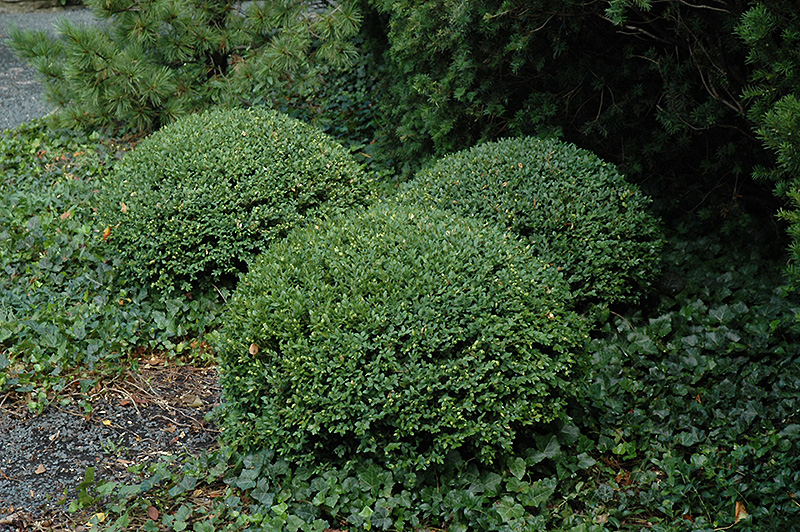Height: 4 feet
Spread: 4 feet
Sunlight:
![]()
![]()
Hardiness Zone: 4
Description:
A compact and hardy boxwood hybrid with a fine texture, an attractive upright oval shape even without pruning and emerald green leaves; a true multi-purpose shrub for landscape use, makes a great formal hedge or screening
Ornamental Features
Northern Charm Boxwood is primarily valued in the landscape or garden for its decidedly oval form. It has emerald green evergreen foliage. The small round leaves turn dark green in the fall, which persists throughout the winter.
Landscape Attributes
Northern Charm Boxwood is a dense multi-stemmed evergreen shrub with a shapely oval form. It lends an extremely fine and delicate texture to the landscape composition which can make it a great accent feature on this basis alone.
This is a high maintenance shrub that will require regular care and upkeep, and can be pruned at anytime. It is a good choice for attracting bees to your yard, but is not particularly attractive to deer who tend to leave it alone in favor of tastier treats. It has no significant negative characteristics.
Northern Charm Boxwood is recommended for the following landscape applications;
- Mass Planting
- Hedges/Screening
- General Garden Use
- Topiary
Planting & Growing
Northern Charm Boxwood will grow to be about 4 feet tall at maturity, with a spread of 4 feet. It tends to fill out right to the ground and therefore doesn't necessarily require facer plants in front. It grows at a medium rate, and under ideal conditions can be expected to live for approximately 30 years.
This shrub does best in full sun to partial shade. It prefers to grow in average to moist conditions, and shouldn't be allowed to dry out. It is not particular as to soil type or pH. It is highly tolerant of urban pollution and will even thrive in inner city environments, and will benefit from being planted in a relatively sheltered location. This particular variety is an interspecific hybrid.

